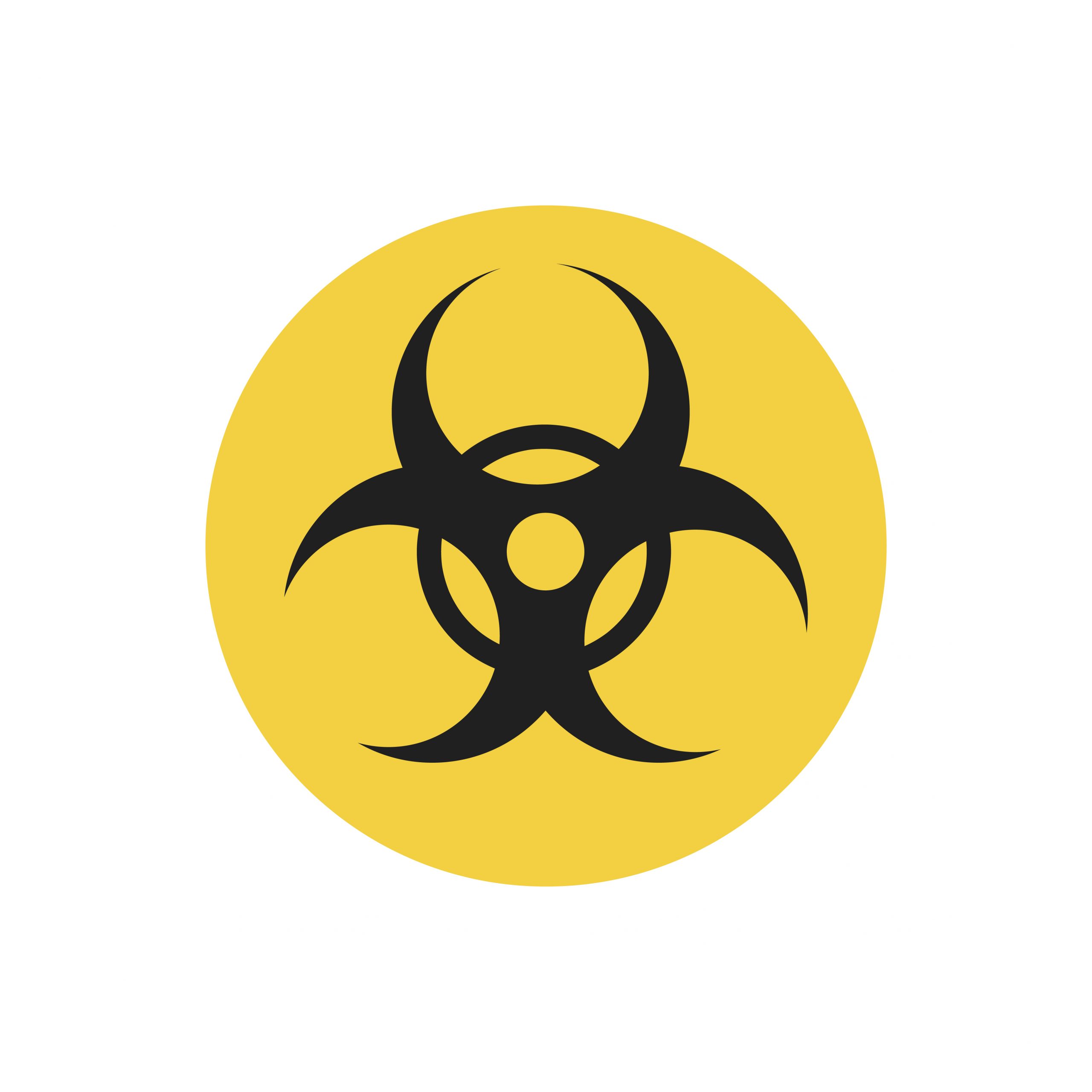

An experimental oral medicine for eliminating radioactive pollutants from inside the body has begun its first-in-human clinical study. The experiment is evaluating the safety, tolerability, and in-body processing of increasing dosages of the investigational medicinal product HOPO 14-1 in healthy persons. The Phase 1 experiment, sponsored and conducted by SRI International of Menlo Park, California, is funded by the National Institute of Allergy and Infectious Diseases (NIAID), a component of the National Institutes of Health.
When radioactive elements are absorbed through damaged skin, breathed, or swallowed, they cause internal radioactive pollution. This might be caused by a nuclear power plant accident or the detonation of a “dirty bomb(link is external)” or nuclear weapon. As radioactive atoms decay, they emit ionizing radiation, which can harm DNA, tissues, and organs. To reduce the danger of this damage, eliminate radioactive elements from the body as soon as possible after contamination occurs.
Two products for eliminating internal radioactive pollutants have been approved by the Food and Drug Administration. Both of these medications, which are based on diethylenetriamine pentaacetate (DTPA), are delivered intravenously by a healthcare provider and have the ability to eliminate three radioactive elements: plutonium, americium, and curium.
HOPO 14-1, on the other hand, has been developed as an oral capsule for Radioactive Contamination, which would be easier to stockpile, deploy, and deliver during an emergency than an intravenous medicine. HOPO 14-1 has been proven in preclinical studies to effectively remove a wide range of radioactive pollutants, including uranium and neptunium, as well as plutonium, americium, and curium. According to these experiments, HOPO 14-1 is up to 100 times more effective than DTPA at binding and removing radioactive materials.
Since 2006, the NIAID has financed the discovery and development of HOPO 14-1. The drug’s active pharmaceutical ingredient is known as 3,4,3-LI(1,2-HOPO).
Sascha N. Goonewardena, M.D., a physician investigator at SRI’s Clinical Trials Unit and an assistant professor of medicine at the University of Michigan Medical School in Ann Arbor, is leading the clinical research at a site in Plymouth, Michigan. The research team will enroll 42 healthy people ages 18 to 65 in seven groups of six. Each participant in the first group will receive a dose of HOPO 14-1 of 100 milligrams (mg). If lower levels are considered safe, the successive groups will receive steadily higher doses of the study drug, up to 7500 mg in the last group. Participants will be subjected to rigorous safety monitoring and will be tracked for 14 days in order to assess the absorption, distribution, and elimination of the study medication. The findings are due in 2024.
more recommended stories
 Silica Nanomatrix Boosts Dendritic Cell Cancer Therapy
Silica Nanomatrix Boosts Dendritic Cell Cancer TherapyKey Points Summary Researchers developed a.
 Vagus Nerve and Cardiac Aging: New Heart Study
Vagus Nerve and Cardiac Aging: New Heart StudyKey Takeaways for Healthcare Professionals Preserving.
 Cognitive Distraction From Conversation While Driving
Cognitive Distraction From Conversation While DrivingKey Takeaways (Quick Summary) Talking, not.
 Fat-Regulating Enzyme Offers New Target for Obesity
Fat-Regulating Enzyme Offers New Target for ObesityKey Highlights (Quick Summary) Researchers identified.
 Spatial Computing Explains How Brain Organizes Cognition
Spatial Computing Explains How Brain Organizes CognitionKey Takeaways (Quick Summary) MIT researchers.
 Gestational Diabetes Risk Identified by Blood Metabolites
Gestational Diabetes Risk Identified by Blood MetabolitesKey Takeaways (Quick Summary for Clinicians).
 Phage Therapy Study Reveals RNA-Based Infection Control
Phage Therapy Study Reveals RNA-Based Infection ControlKey Takeaways (Quick Summary) Researchers uncovered.
 Pelvic Floor Disorders: Treatable Yet Often Ignored
Pelvic Floor Disorders: Treatable Yet Often IgnoredKey Takeaways (Quick Summary) Pelvic floor.
 Urine-Based microRNA Aging Clock Predicts Biological Age
Urine-Based microRNA Aging Clock Predicts Biological AgeKey Takeaways (Quick Summary) Researchers developed.
 Circadian Control of Neutrophils in Myocardial Infarction
Circadian Control of Neutrophils in Myocardial InfarctionKey Takeaways for HCPs Neutrophil activity.

Leave a Comment